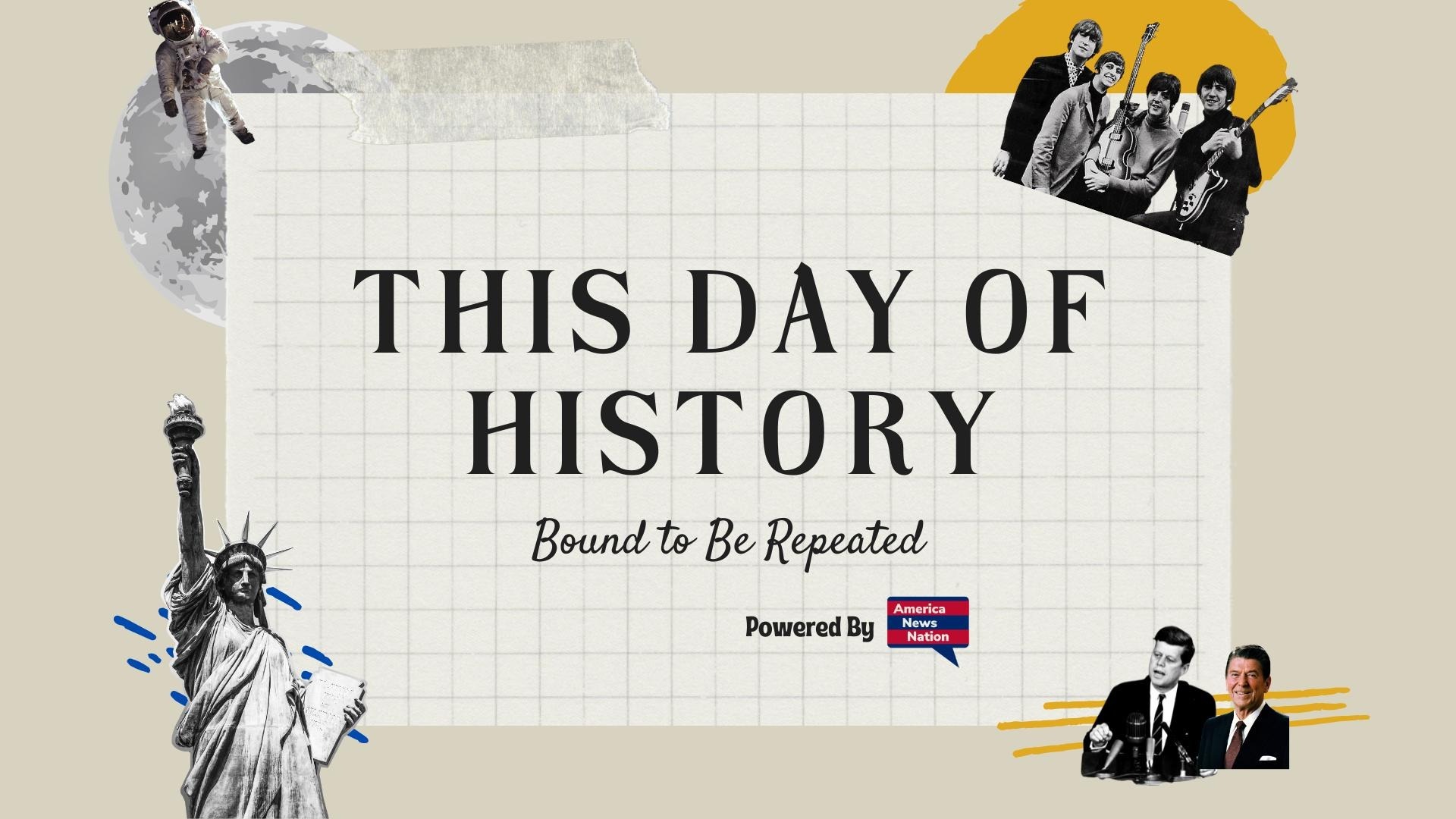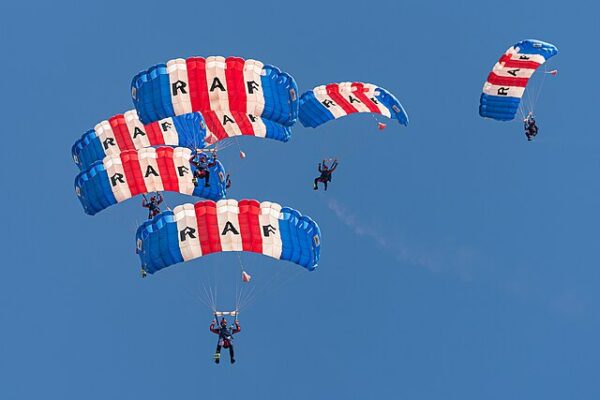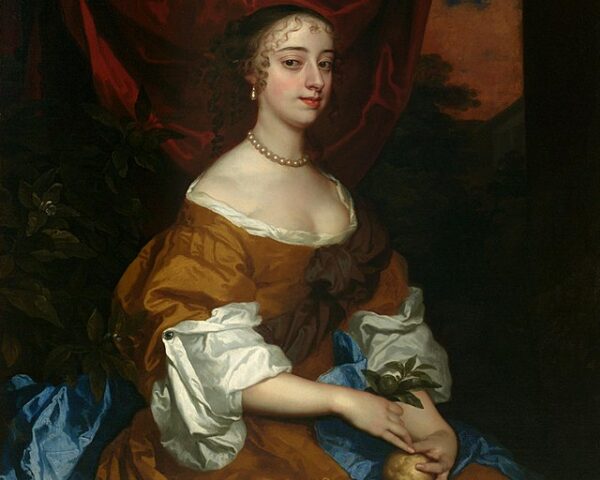On April 1, 1918, during the climactic final year of World War I, Britain introduced a revolutionary new branch of its military: the Royal Air Force (RAF). This newly formed service emerged from the merger of the Royal Flying Corps (RFC) and the Royal Naval Air Service (RNAS), creating the world’s first independent air force—entirely separate from army and navy command and dedicated exclusively to aerial warfare.
The roots of the RAF can be traced to the early days of military aviation in the 1910s, when both the RFC and RNAS played crucial yet distinct roles. The RFC, established in 1912, was primarily an extension of the British Army, focusing on reconnaissance and artillery coordination. In contrast, the RNAS, which took shape in 1914, was aligned with naval operations, conducting coastal patrols, maritime surveillance, and anti-submarine missions. As the war intensified, both services expanded rapidly, reflecting the growing recognition that aircraft could be powerful tools—not only for observation but also for offensive combat and bombing missions.
By 1917, British military leadership had come to fully appreciate the strategic potential of air power. The Western Front had become a quagmire of trench warfare, where traditional ground tactics led to immense casualties and limited progress. Aircraft offered a unique advantage: the ability to bypass front-line defenses, strike at key targets deep behind enemy lines, and gather intelligence more swiftly than ever before. Meanwhile, German aerial attacks on British cities, including London, underscored the threat posed by enemy bombers and highlighted the need for a more organized and unified air strategy. This urgency led to the establishment of the Air Board to oversee and coordinate the country’s various air operations.
A pivotal influence during this period was General Jan Smuts, whose forward-thinking report on air defense argued that future wars would be dominated by air power. He advocated for the consolidation of Britain’s air services into a single, independent force. This vision materialized through the Air Force (Constitution) Act of 1917, which laid the legislative groundwork for the formation of the RAF the following year.
At its inception, the RAF was the largest air force in existence, with over 20,000 aircraft and nearly 300,000 personnel. The new organization established its own identity with distinct uniforms, rank structures, and leadership, including the appointment of Sir Hugh Trenchard as its first Chief of the Air Staff. Often referred to as the “Father of the Royal Air Force,” Trenchard championed the doctrine of strategic bombing and emphasized the offensive role of air power, setting the stage for the RAF’s future direction.
Despite early doubts and resistance from traditional branches of the military, the RAF quickly demonstrated its value. During the closing months of World War I, it played a critical role in supporting ground offensives, conducting bombing raids on German industrial centers, and securing aerial dominance over the Western Front. Although some critics questioned whether a separate air force was sustainable in peacetime, the RAF’s wartime success helped to validate its creation.
In the years that followed, the RAF faced financial constraints and political scrutiny, yet its foundation in 1918 represented a monumental shift in the nature of warfare. The skies, once a domain of novelty and experimentation, had become a decisive arena for military operations. The establishment of the RAF reflected this transformation and signaled a new era in which air power would be central to both national defense and international strategy.
April 1, 1918, stands as far more than a mere administrative benchmark. It marks the birth of modern aerial warfare and the rise of an institution that would go on to shape global military history throughout the 20th century and beyond.






